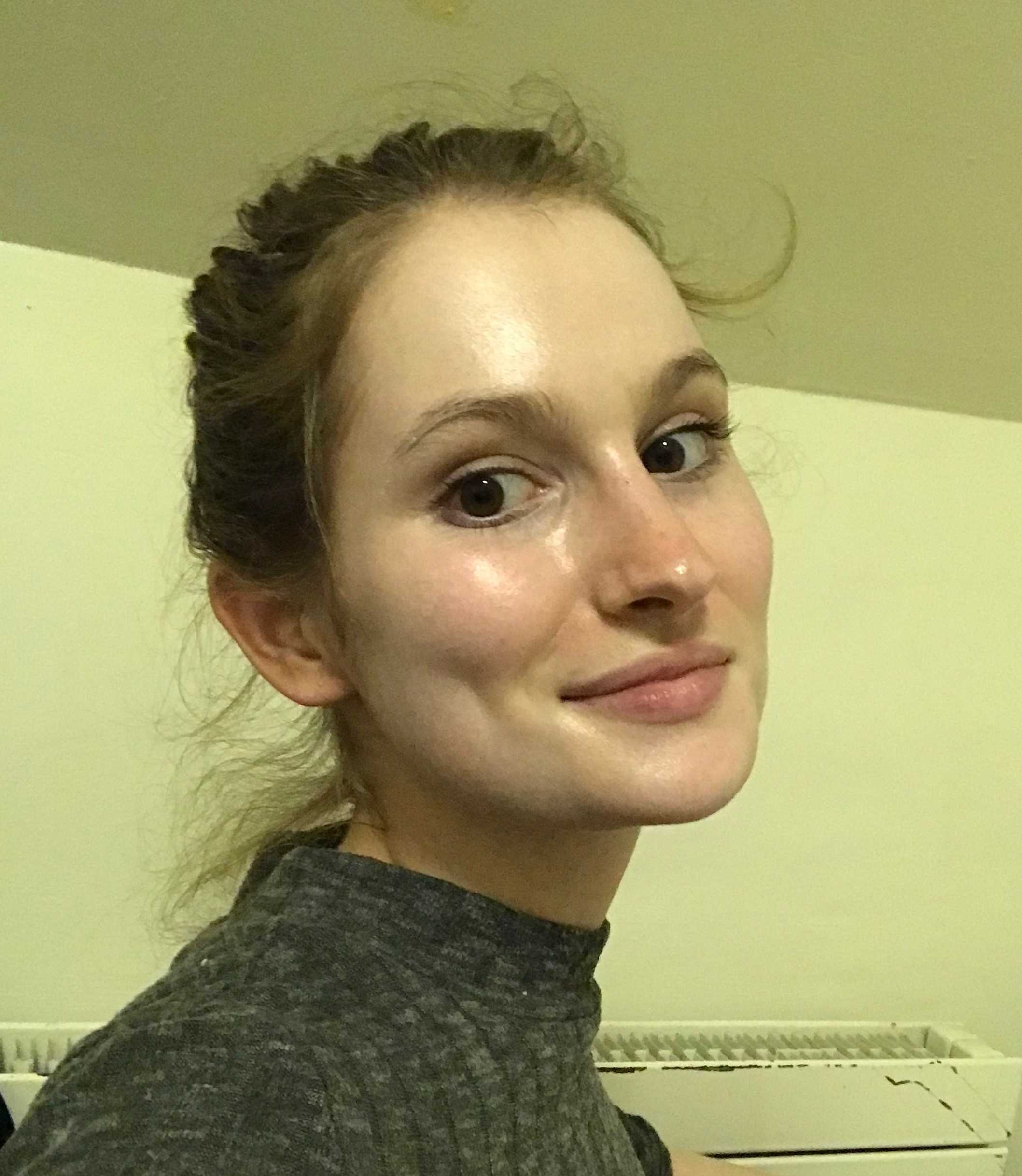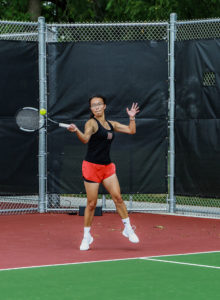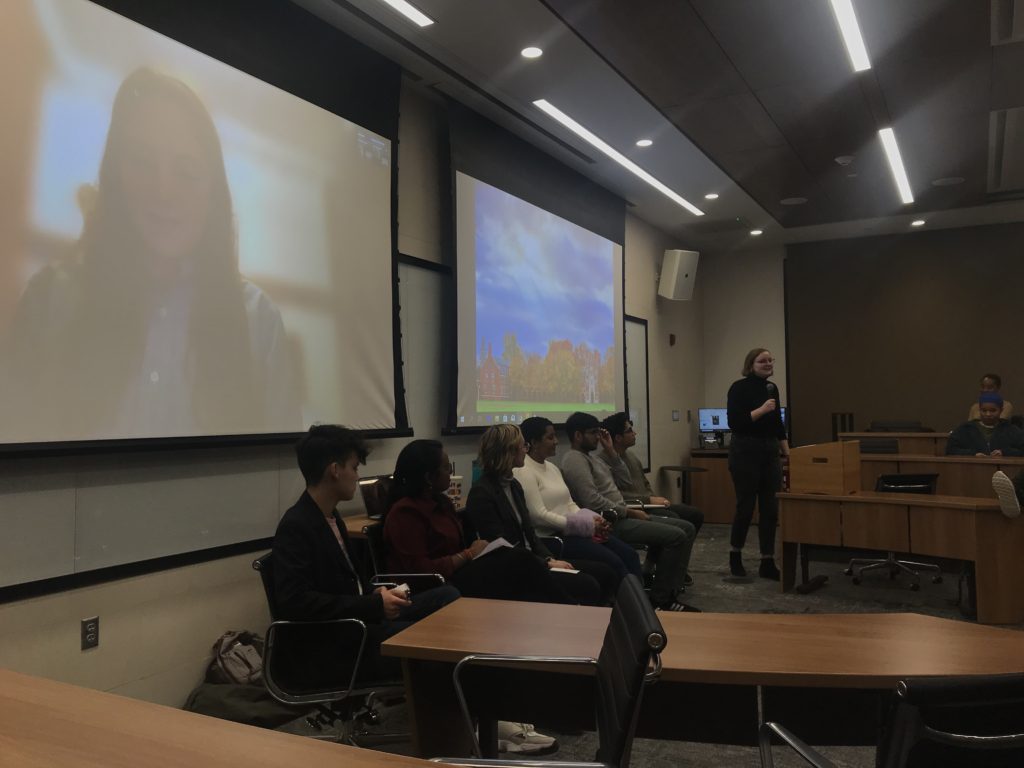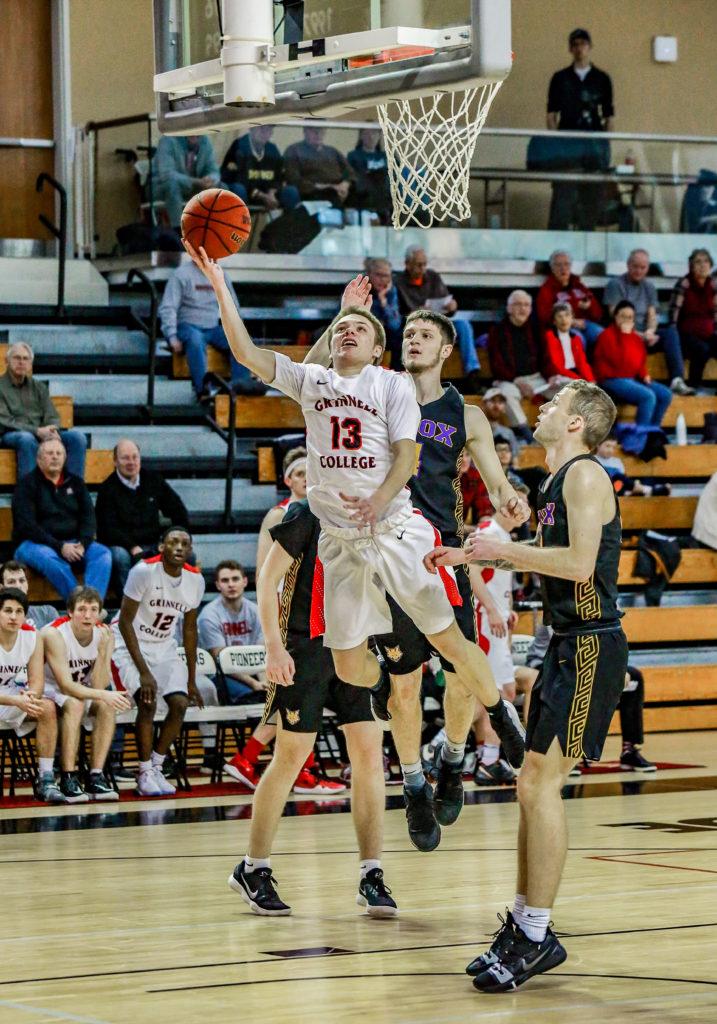
Grinnell’s annual Festival of Trees event helps raise money for Drake Public Library. Photo contributed by Drake Public Library.
By MJ Old
oldmadel@grinnell.edu
Drake Community Library is hosting the annual Festival of Trees this Friday, Dec. 6, from 5:30-7:30 p.m. Various community organizations have decorated holiday trees throughout the library, and community members can vote for trees through a donation. All funds raised go to the Friends of Drake Community Library, the organizer of the event. The Grinnell-Newburg Middle School jazz band will provide entertainment, and Santa Claus will visit with kids in the children’s area.
If you’re wondering how to receive top marks in this year’s Festival of Trees, the most important thing, according to Darke Public Library, is to be creative. Remember that a “tree” is really just a state of mind. Last year’s winner, constructed by the Grinnell Area Arts Council after-school program, was made entirely out of toilet-paper tubes. Other past trees have been made of drums, papier-mâché or books.
The Grinnell Area Arts Council after-school program, however, seems to be the group to beat. “The Arts Council tree usually does well because it touches so many kids in the community,” said Amy Blanchard, treasurer of the Friends of Drake Community Library. Involving children is a good strategy: they’ll force their parents to donate.
Having a theme can also help your tree stand out. A group of golfers called “The Hackers” contributed a tree last year covered in golf tees and lovingly referred to as, “Tee’s The Season!” A local knitting club known as Sit ‘n’ Knit has also been known to put their skills to good use. “One year they made hand-knitted hats and hung them on a tree branch,” Blanchard said. “They sold all the hats off the tree and that raised 800 dollars, so that was kind of a big year because they donated all the money to us. The hats were awesome. There were some that looked like animals, some that were just like regular hats.” This year, Sit ‘n’ Knit will be making bookmarks to sell at the event.
And of course, the safest bet to a win? Be rich. Each dollar, after all, is a vote. The average total money raised per year is between 300 and 500 dollars. Divide that over fifteen trees? You can do the math. “Some years we’ve had people in the library campaigning for people to give money to their tree. A twenty-dollar bill in the box really makes a difference,” Blanchard said.
Winning aside, the real purpose of the festival is to do good for the library and the community. Some groups go above and beyond. “There’s a group of women that run together in town and they are doing a tree that’ll be made of nonperishable food that’ll go to MICA, so that’s nice,” Blanchard said. “Last year they collected running shoes that they gave to the invisible closets of the schools in town.”
The Friends of Drake Community Library buy art for the library, such as the colored-glass pieces that hang from the ceiling, and the rainbow stacked ‘library’ sign out front. They also support the Archive and various online subscriptions. “We do things that make the library exceptional, over and above what their budget would be able to sustain,” Blanchard said. The library’s regular budget comes from the city of Grinnell.
Of course, 300 to 500 dollars is not enough for all of that. “The Festival of Trees is more of a community event,” Blanchard said. “It only pays for maybe half of one of the online subscriptions that we do. We get the vast majority of our income as Friends from our membership drive, which happens every December, and then the book sale and the bookstore.”
The generosity of the community and of Grinnell College (a dues-paying member of Friends of Drake Community Library) show in how lovely the library is all year round. “This is exceptionally unique for a community of our size,” Blanchard said.
The trees will remain in the library throughout the winter season, although voting is only open through Saturday evening. So, make sure to pay a visit on Friday or Saturday to have your voice heard. “If you see a tree you really enjoy,” Blanchard said, “put a couple dollars in the box. It makes the difference.”
The post Drake Public Library gives insight on how to make a winning tree appeared first on The Scarlet and Black.












 By Wini Austin
By Wini Austin










